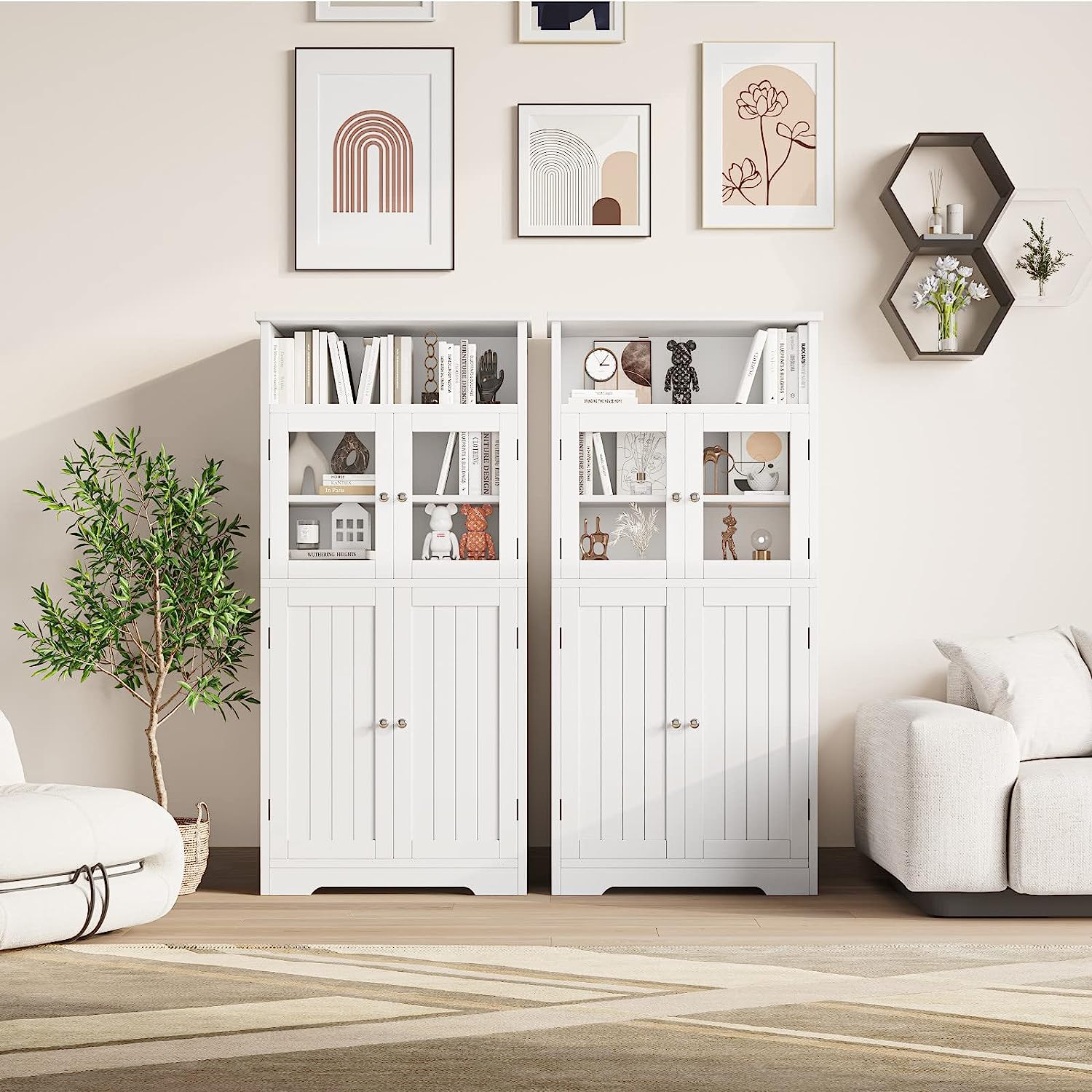

Articles
How To Organize Cabinet
Modified: January 18, 2024
Learn effective strategies for organizing your cabinet and maximizing space with expert interior design tips. Create a functional and stylish storage solution for your home.
(Many of the links in this article redirect to a specific reviewed product. Your purchase of these products through affiliate links helps to generate commission for Storables.com, at no extra cost. Learn more)
Introduction
Having an organized cabinet can make a world of difference in your daily life. No more rummaging through piles of clutter to find what you need, or feeling overwhelmed by stacks of belongings. By taking the time to organize your cabinet, you can create a functional and efficient space that allows for easy access and keeps everything neat and tidy.
In this article, we will discuss the step-by-step process of organizing your cabinet. We will explore how to choose the right cabinet, how to sort and declutter your items, how to categorize them effectively, and how to utilize storage solutions to maximize your space. Additionally, we will delve into implementing various organizational systems and offer tips on how to maintain order in the long run.
So, let’s roll up our sleeves and get to work, transforming your cluttered cabinet into a well-organized haven!
Key Takeaways:
- Transform your cluttered cabinet into a well-organized haven by choosing the right cabinet, sorting and decluttering, categorizing items, utilizing storage solutions, and implementing organizational systems.
- Maintain the order of your cabinet with regular decluttering, the one-in, one-out rule, regular cleaning, and involving everyone in following organizational systems. Consistency is key to enjoying an organized and functional cabinet.
Read more: How To Organize A Kitchen Cabinet
Choosing the Right Cabinet
When it comes to organizing your cabinet, selecting the right one is crucial. The cabinet you choose should not only fit your available space but also meet your specific storage needs. Here are a few factors to consider when choosing the right cabinet:
- Size and dimensions: Measure the space where the cabinet will be placed to ensure it fits properly. Consider the height, width, and depth of the cabinet, as you want it to seamlessly blend with your existing furniture.
- Number of shelves and drawers: Evaluate how much storage space you require. If you have many items to store, opt for a cabinet with multiple shelves and drawers to accommodate your belongings.
- Material and durability: Choose a cabinet made from sturdy materials like wood or metal, ensuring it can withstand everyday use. Look for cabinets with reinforced corners and strong hinges to guarantee longevity.
- Style and aesthetic: Consider the design of the cabinet and how it complements the overall décor of the room. Whether you prefer a modern, minimalist look or a classic, ornate style, find a cabinet that aligns with your personal taste.
Additionally, think about the specific items you intend to store in the cabinet. If you have a large collection of books, a bookshelf-style cabinet with adjustable shelves would be ideal. For small items like accessories or office supplies, a cabinet with compartments or trays can help keep everything organized.
Remember, your cabinet should not only be functional but also visually appealing. Finding the perfect balance between utility and aesthetics will ensure that the cabinet not only serves its purpose but also adds to the overall ambiance of the room.
Once you’ve identified the right cabinet, it’s time to move on to the next step: sorting and decluttering your belongings.
Sorting and Decluttering
Before you start organizing your cabinet, it’s important to sort through your belongings and declutter. This process will help you identify what items are essential, what can be donated or discarded, and what needs to be stored in the cabinet. Here’s a step-by-step guide to sorting and decluttering:
- Empty the cabinet: Begin by completely emptying the cabinet. Remove all items and place them in a designated sorting area.
- Sort into categories: Group similar items together. For example, create categories such as kitchenware, office supplies, or personal care products. This will make it easier to assess the quantity of items you have and determine their storage needs.
- Assess the items: Examine each item and ask yourself: Do I use this regularly? Is it in good condition? Does it have sentimental value? If an item is unused, broken, or no longer serves a purpose, consider donating, selling, or discarding it.
- Donate or discard: Create separate piles for items that can be donated and those that need to be discarded. Be mindful of items that can be repurposed or recycled, ensuring they are disposed of properly.
- Keep essentials: Determine which items you need to keep in the cabinet for easy access. These are items that are frequently used or essential to your daily routine.
As you sort and declutter, be honest with yourself and resist the urge to hold onto unnecessary items. Clutter can easily accumulate, and by eliminating what you no longer need, you can create a more streamlined and organized cabinet.
With the sorting and decluttering process complete, it’s time to move on to the next step: categorizing the items and creating a systematic storage system.
Categorizing Items
Now that you’ve decluttered and sorted your belongings, it’s time to categorize them. Categorizing items helps you maintain an organized cabinet by grouping similar items together. This makes it easier to find what you need quickly and prevents items from becoming disorganized over time. Here are some tips for effectively categorizing items:
- Create broad categories: Start by creating broad categories based on the type or function of the items. For example, you might have categories such as kitchenware, office supplies, electronics, or personal care items.
- Subdivide the categories: Within each broad category, further subdivide items into more specific subcategories. This will help you narrow down the search when you’re looking for a specific item. For example, within the kitchenware category, you might have subcategories like utensils, cookware, or baking supplies.
- Assign designated spaces: Allocate specific areas within the cabinet for each category. This ensures that items are stored consistently and makes it easier to maintain order. Consider using drawer dividers, bins, or labeled containers to keep items separated within each category.
- Consider frequency of use: Take into account how often you use certain items when categorizing them. Keep frequently used items in easily accessible areas for convenience. Less frequently used items can be stored in higher or harder-to-reach spaces.
- Label containers: Labeling containers or shelves can further enhance organization. Use clear labels or color-coded tags to identify each category. This helps you and others easily identify where items belong, promoting a consistent and clutter-free cabinet.
Remember, the goal of categorizing items is to create a logical and intuitive system that works for you. Everyone’s organization preferences may vary, so customize the categories and subcategories to suit your needs and the items you have.
Now that your items are properly categorized, let’s explore the next step: utilizing storage solutions to maximize your cabinet’s space.
Use clear containers or bins to group similar items together in your cabinet. Label each container for easy identification and quick access to what you need.
Utilizing Storage Solutions
Once you’ve categorized your items, it’s time to make the most of your cabinet’s storage space. Utilizing storage solutions will help you maximize the available space, improve accessibility, and keep your items organized. Here are some effective storage solutions to consider:
- Shelving units: Install additional shelves or adjustable shelving units to create more vertical space within the cabinet. This allows you to take full advantage of the height and store items efficiently.
- Drawer dividers: Use dividers within drawers to separate and organize smaller items, such as utensils or office supplies. This prevents them from getting jumbled together and makes it easier to find what you need.
- Baskets or bins: Utilize baskets or bins to group smaller items together within your categories. Not only do they provide additional containment, but they also make it convenient to access items by simply pulling out the basket or bin from the shelf.
- Hanging organizers: Consider adding hanging organizers on the inside of cabinet doors or walls. These organizers are great for storing items like cleaning supplies, tools, or spices, and they make use of vertical space that might otherwise go unused.
- Stackable containers: Invest in stackable containers or clear storage boxes to make the most of limited space. These containers allow you to store items vertically, reducing clutter and maximizing the available area.
- Pull-out or sliding shelves: Install pull-out or sliding shelves to easily access items at the back of the cabinet. These shelves allow you to see and reach items without having to dig through the entire contents of the cabinet.
Choosing the right storage solutions depends on the type of items you’re storing and the configuration of your cabinet. Assess your needs and consider the available options to find the storage solutions that work best for you.
Now that you have implemented various storage solutions, it’s time to explore implementing organizational systems to maintain order in your cabinet.
Read more: How To Organize Mugs In Cabinet
Implementing Organizational Systems
Implementing organizational systems is key to maintaining the order and functionality of your cabinet in the long run. These systems help you establish clear guidelines for storing and organizing items, making it easier to maintain a clutter-free space. Here are some effective organizational systems to consider:
- Zone-based organization: Divide your cabinet into zones based on the specific categories you established earlier. Each zone represents a different category of items. This helps you quickly locate items and encourages consistency when returning them to their designated zones.
- First-in, first-out (FIFO): When it comes to perishable or frequently used items, follow the FIFO system. Place new items at the back of the cabinet or on lower shelves, and bring forward older items for use. This ensures that items are used before they expire and helps prevent waste.
- Vertical organization: Utilize vertical space by arranging items from tallest to shortest or by stacking items vertically within containers. This maximizes space and allows for better visibility and access.
- Labeling: Enhance organization and clarity by labeling shelves, baskets, or containers. Clearly visible labels help everyone in the household know where items belong, reducing the chances of items being misplaced or disorganized.
- Maintaining order: Make a habit of regularly tidying up and maintaining the organization of your cabinet. Set aside a dedicated time each month or as needed to reevaluate the placement of items, declutter, and ensure items are returned to their designated zones.
Remember, organizational systems are only effective if you commit to using them consistently. It may take some time to adjust to new systems, but with practice, you’ll find that maintaining an organized cabinet becomes second nature.
By implementing these organizational systems, you’ll be able to enjoy a well-organized cabinet that is not only aesthetically pleasing but also highly functional in meeting your everyday needs.
Now that you have learned how to implement organizational systems, let’s explore some tips on how to maintain the order of your cabinet in the long term.
Maintaining Order
Maintaining the order of your cabinet is essential to ensure it remains organized and clutter-free over time. With a few simple practices and consistent effort, you can keep your cabinet in top shape. Here are some tips for maintaining order:
- Regular decluttering: Schedule regular decluttering sessions to assess the items in your cabinet. Remove any unnecessary or unused items to prevent clutter from accumulating.
- Return items to their designated zones: Make it a habit to put items back in their designated zones after use. This prevents items from being misplaced and helps you quickly locate them when needed.
- Practice the one-in, one-out rule: Whenever you add a new item to your cabinet, consider removing an old or unused item. This helps maintain a balance of belongings and prevents your cabinet from becoming overcrowded.
- Regular cleaning: In addition to organizing, regularly clean your cabinet to keep it looking its best. Dust the surfaces, wipe down shelves, and clean any spills to maintain a clean and hygienic space.
- Reevaluate storage solutions: Over time, you may find that certain storage solutions are no longer working effectively. Take the time to reassess and make any necessary adjustments to optimize storage space and organization.
- Involve everyone: If multiple people are using the cabinet, encourage everyone to follow the organizational systems and put items back in their proper places. This ensures consistency and makes it easier to maintain order.
- Be mindful of new purchases: Before buying new items to store in your cabinet, consider if they are truly needed and if you have space to accommodate them. Avoid impulse purchases that may lead to unnecessary clutter.
Remember, maintaining an organized cabinet is an ongoing process. It requires consistent effort and a commitment to following the established organizational systems. With time, it will become a natural part of your routine, and you’ll enjoy the benefits of an organized and functional cabinet.
Congratulations! You have learned how to maintain the order of your cabinet. Let’s wrap up and summarize the key points of this article.
Conclusion
Organizing your cabinet may initially seem like a daunting task, but with the right approach and strategies, it can be easily accomplished. By following the steps outlined in this article, you can transform your cluttered and chaotic cabinet into a well-organized and functional space.
We discussed the importance of choosing the right cabinet that suits your space and storage needs. We explored the process of sorting and decluttering your belongings, ensuring that you only keep what is essential and necessary. Categorizing items and implementing storage solutions helped maximize your cabinet’s space and improve accessibility. By establishing organizational systems and practicing simple maintenance habits, you can maintain the order and functionality of your cabinet in the long run.
Remember, the key is consistency and commitment to the organizational systems you establish. Make it a habit to declutter regularly, return items to their designated zones, and involve everyone in maintaining the organized state of the cabinet.
An organized cabinet not only makes your daily life more efficient but also enhances the visual appeal of the space. It creates a sense of calm and eliminates the frustration that comes with searching for misplaced items. With time, you’ll find that organizing your cabinet becomes second nature and brings a sense of accomplishment and pride.
So, go ahead and take the first step towards transforming your cabinet into an organized haven. Embrace the process, experiment with different techniques, and enjoy the benefits of having a well-organized and functional cabinet in your home or office.
Frequently Asked Questions about How To Organize Cabinet
Was this page helpful?
At Storables.com, we guarantee accurate and reliable information. Our content, validated by Expert Board Contributors, is crafted following stringent Editorial Policies. We're committed to providing you with well-researched, expert-backed insights for all your informational needs.
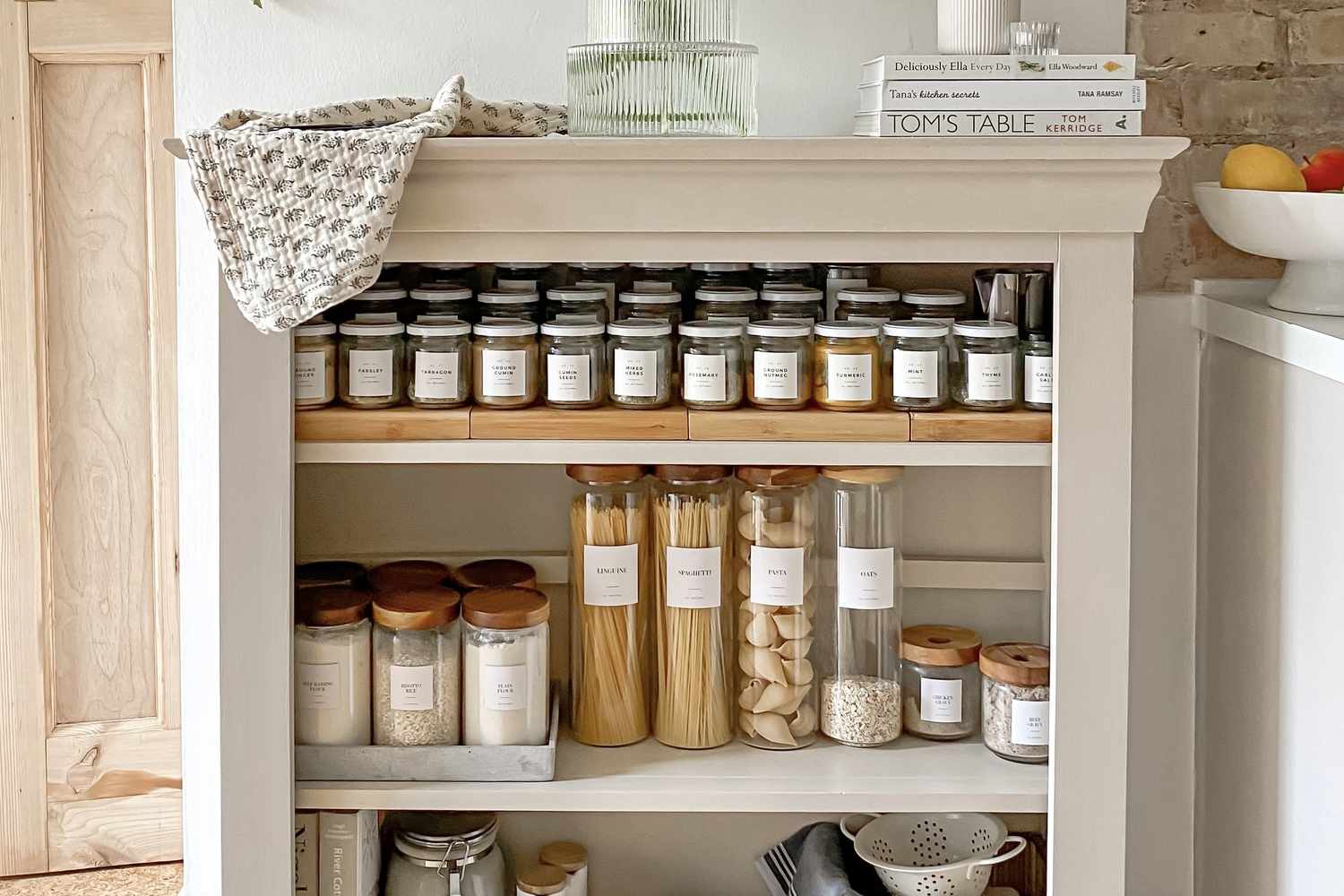
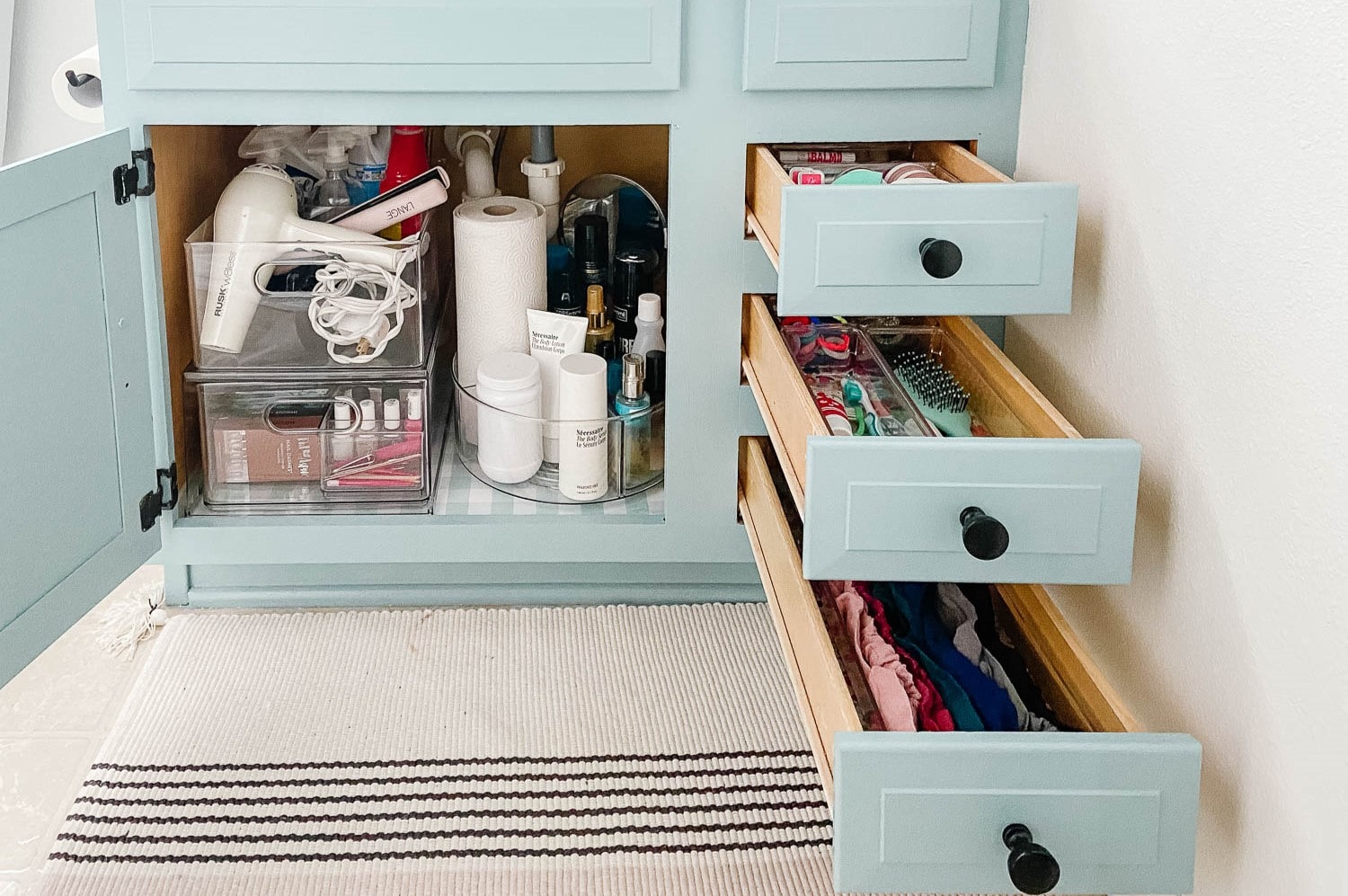
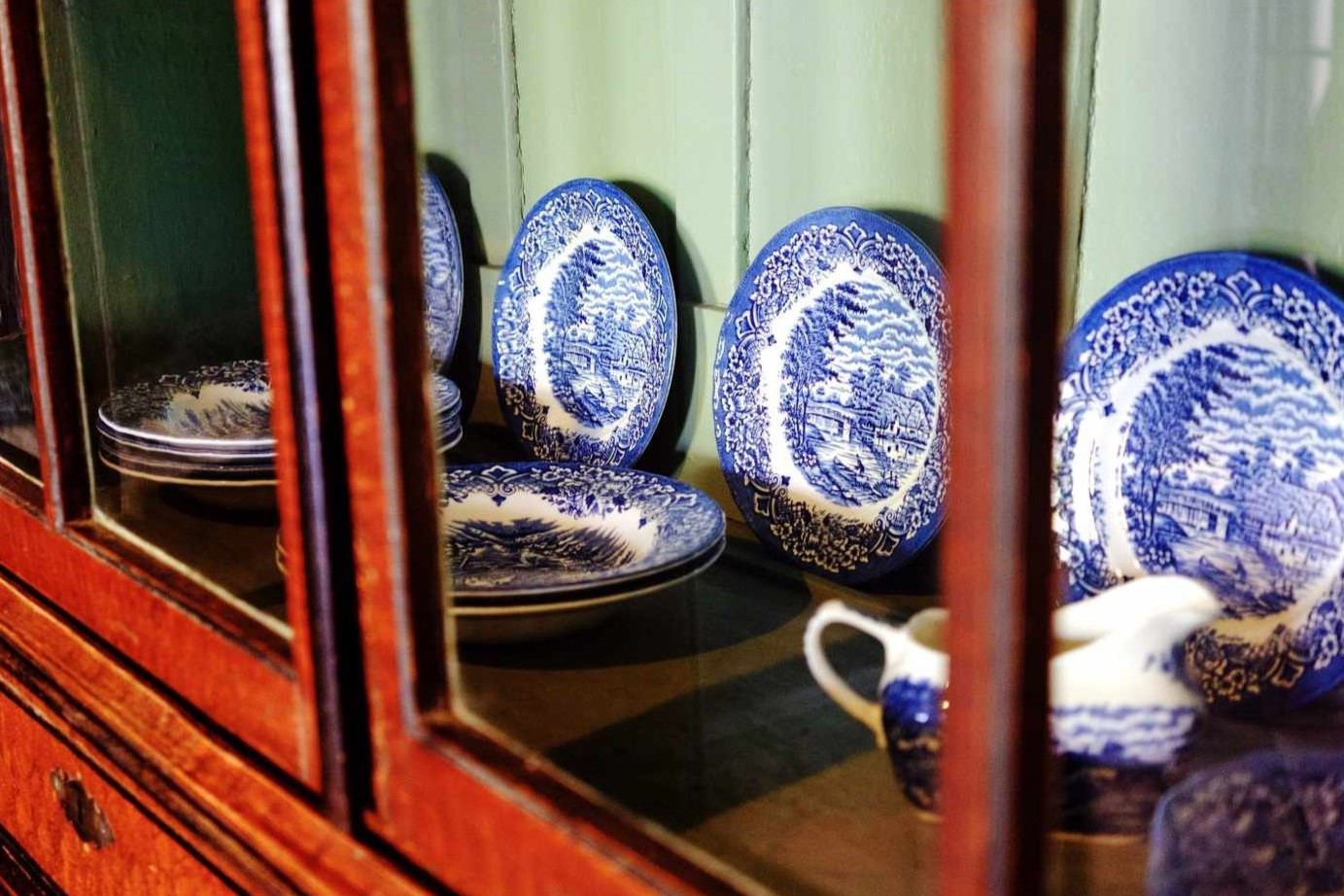
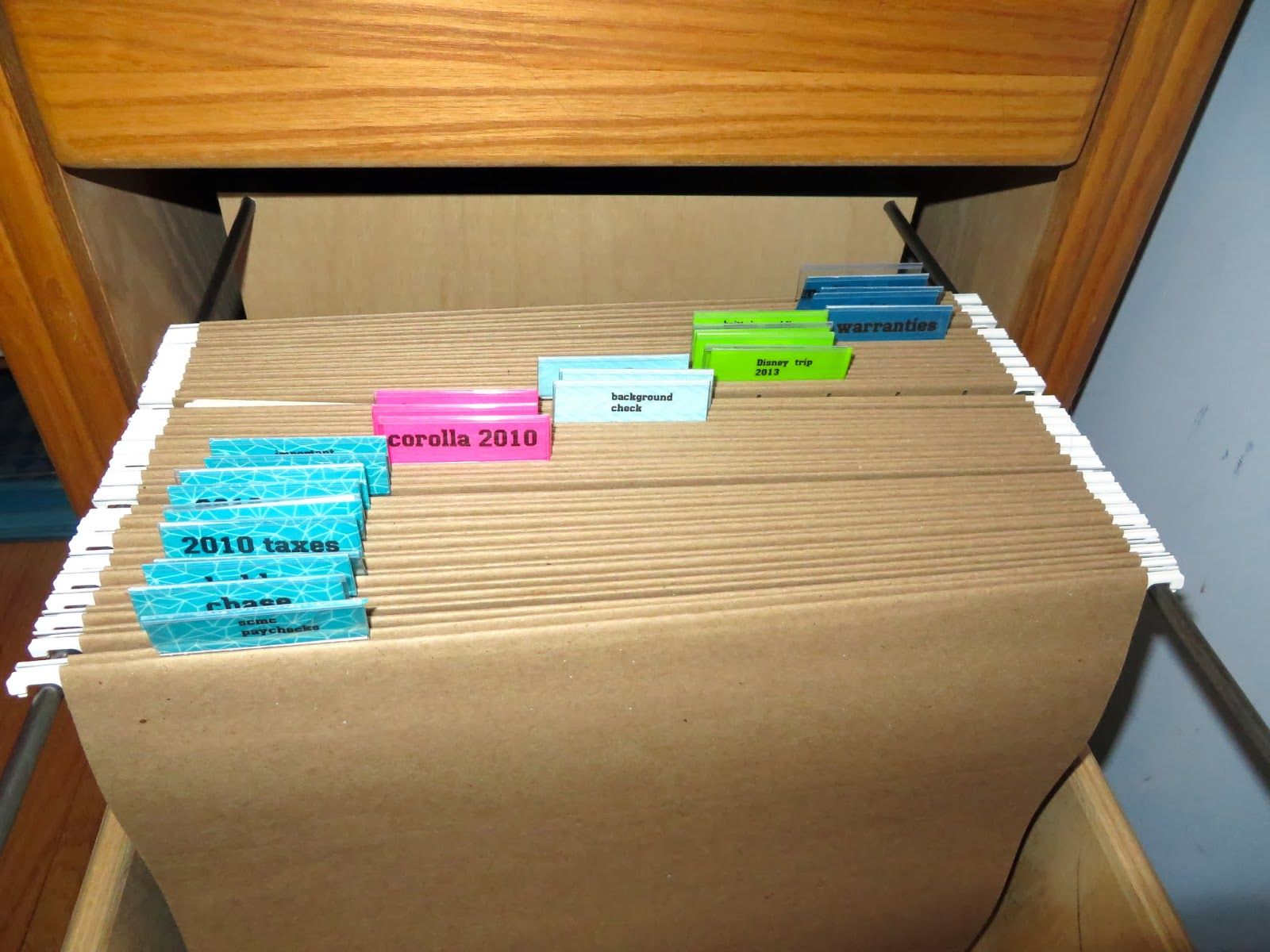
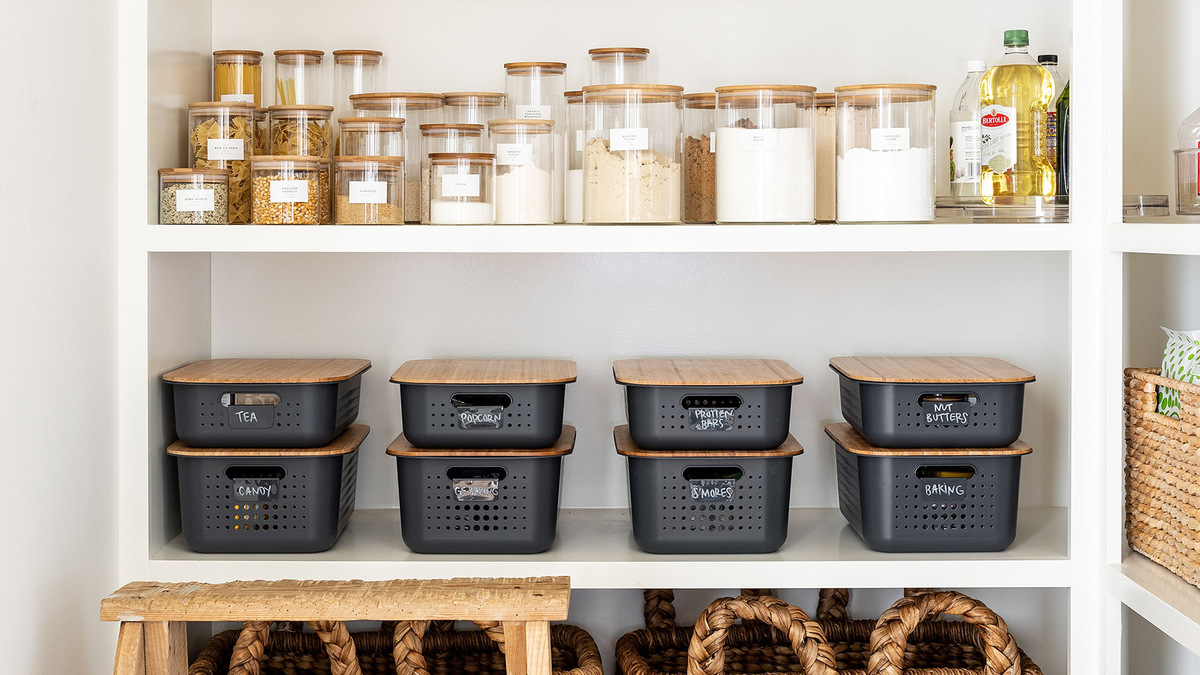
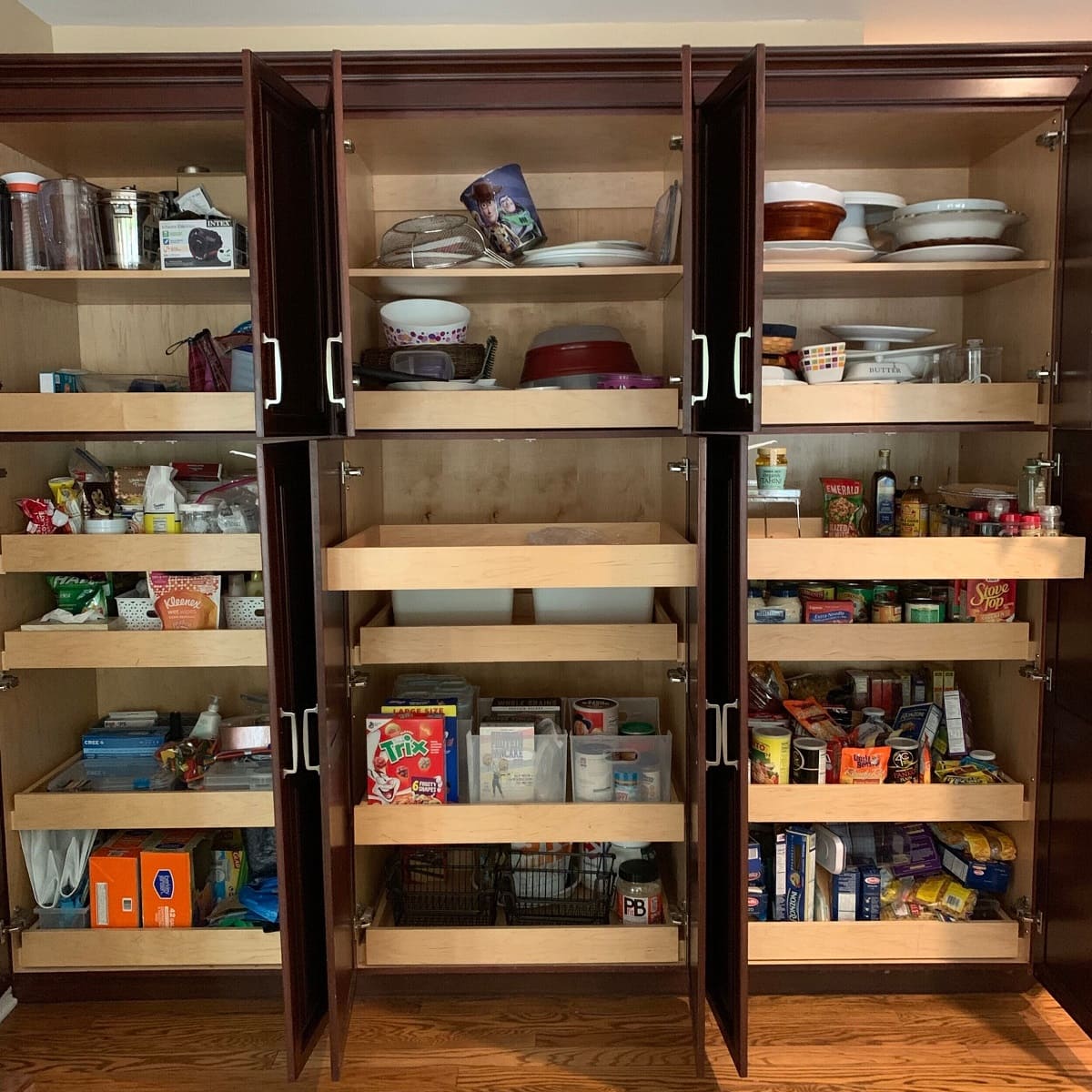
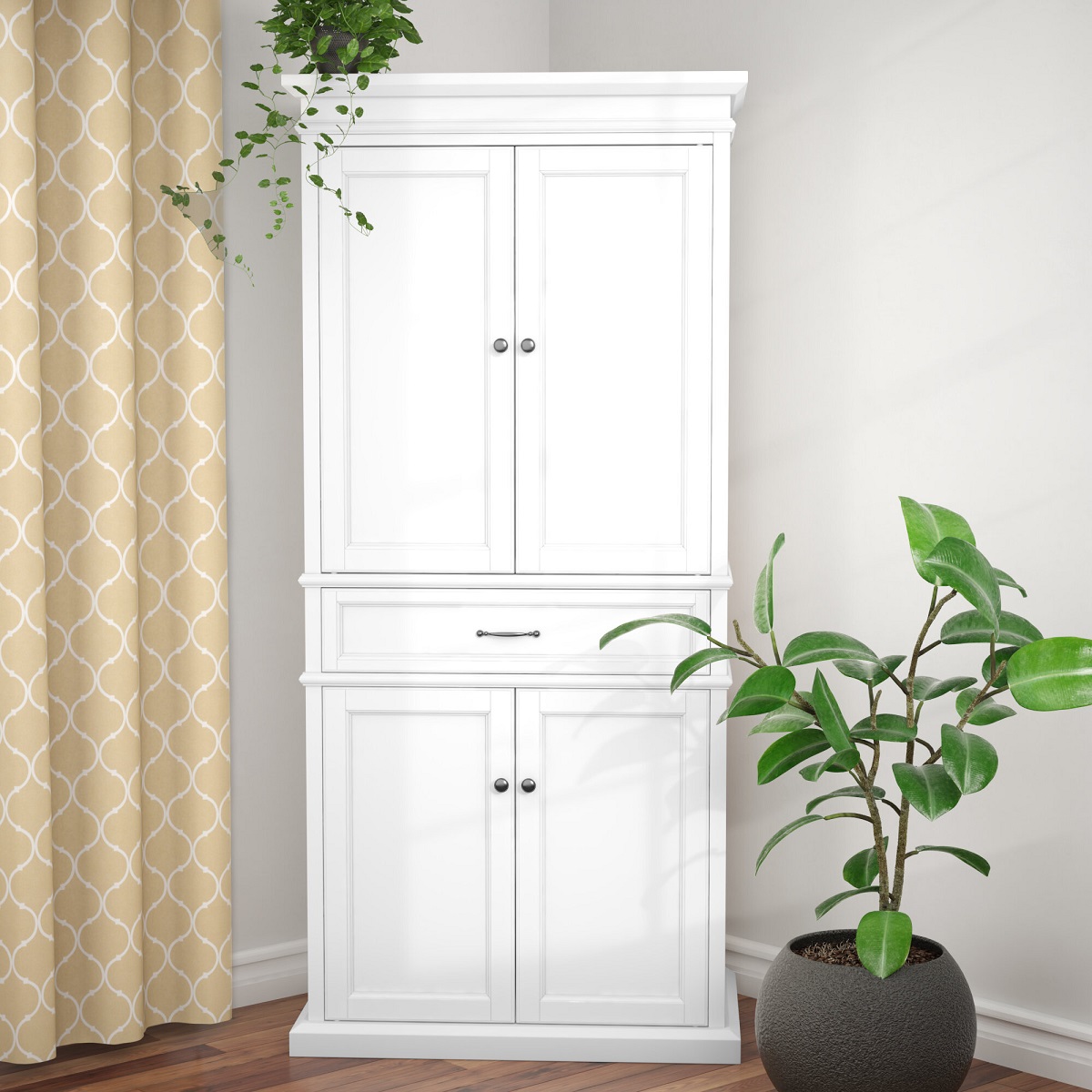
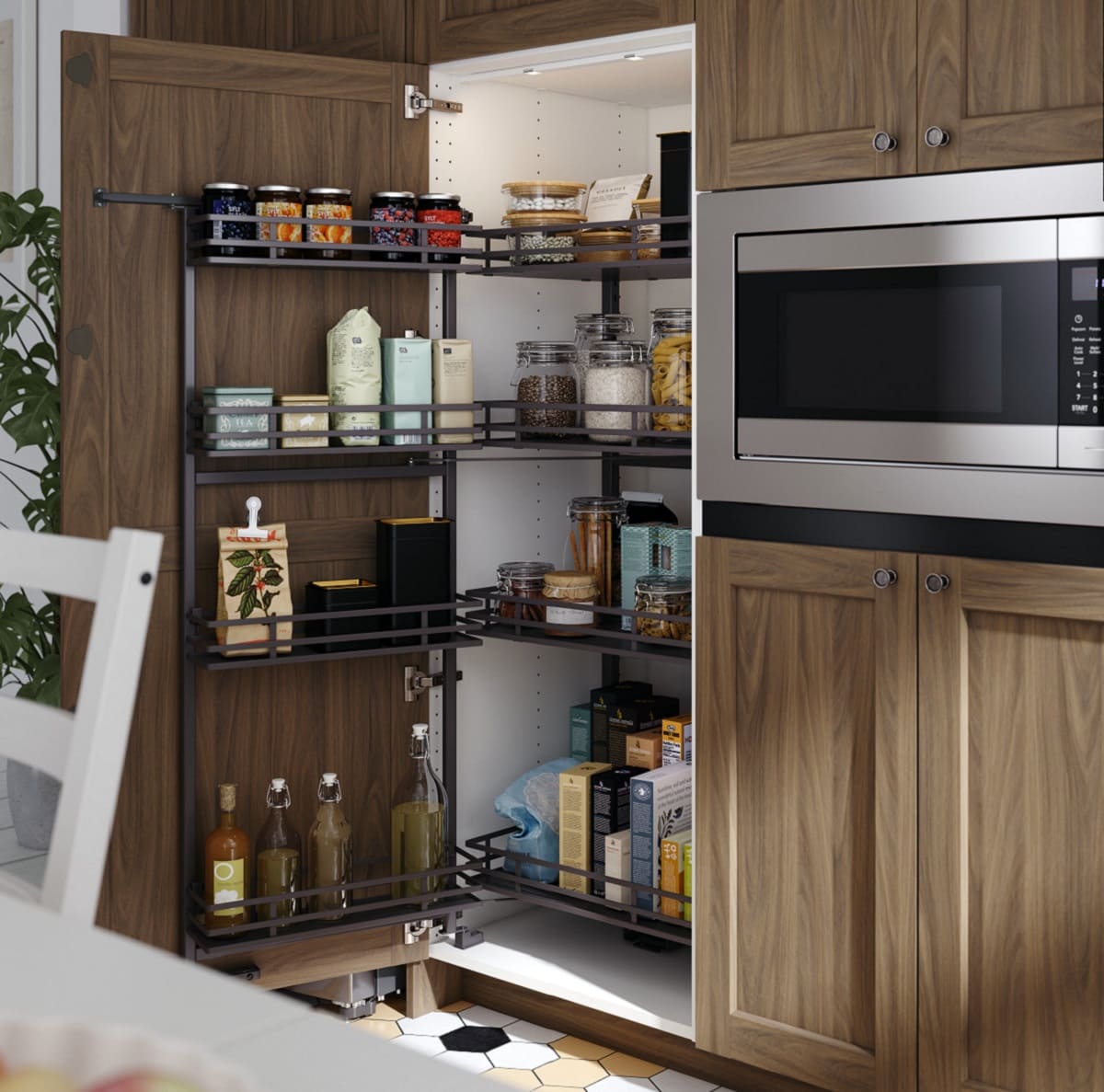
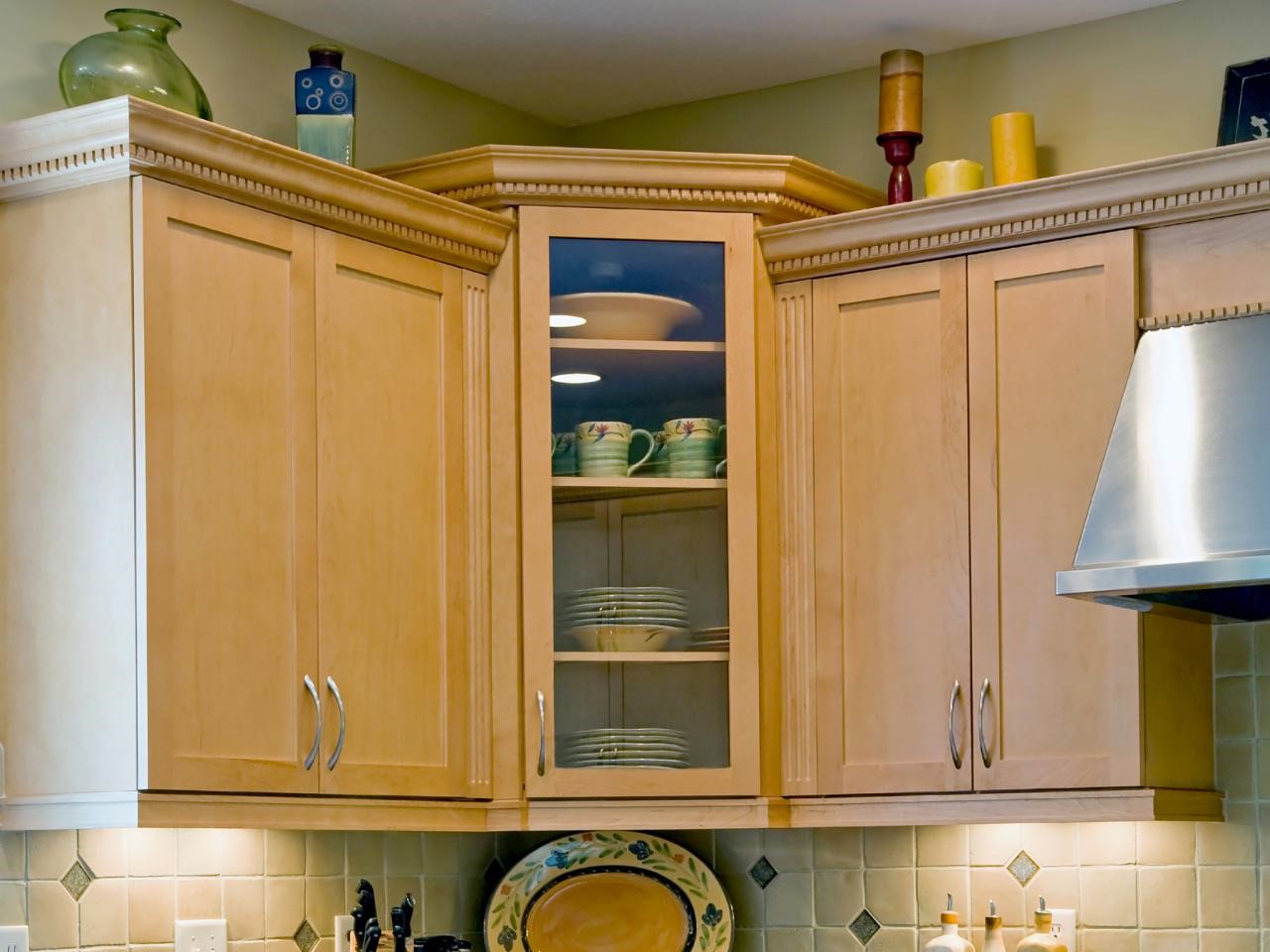
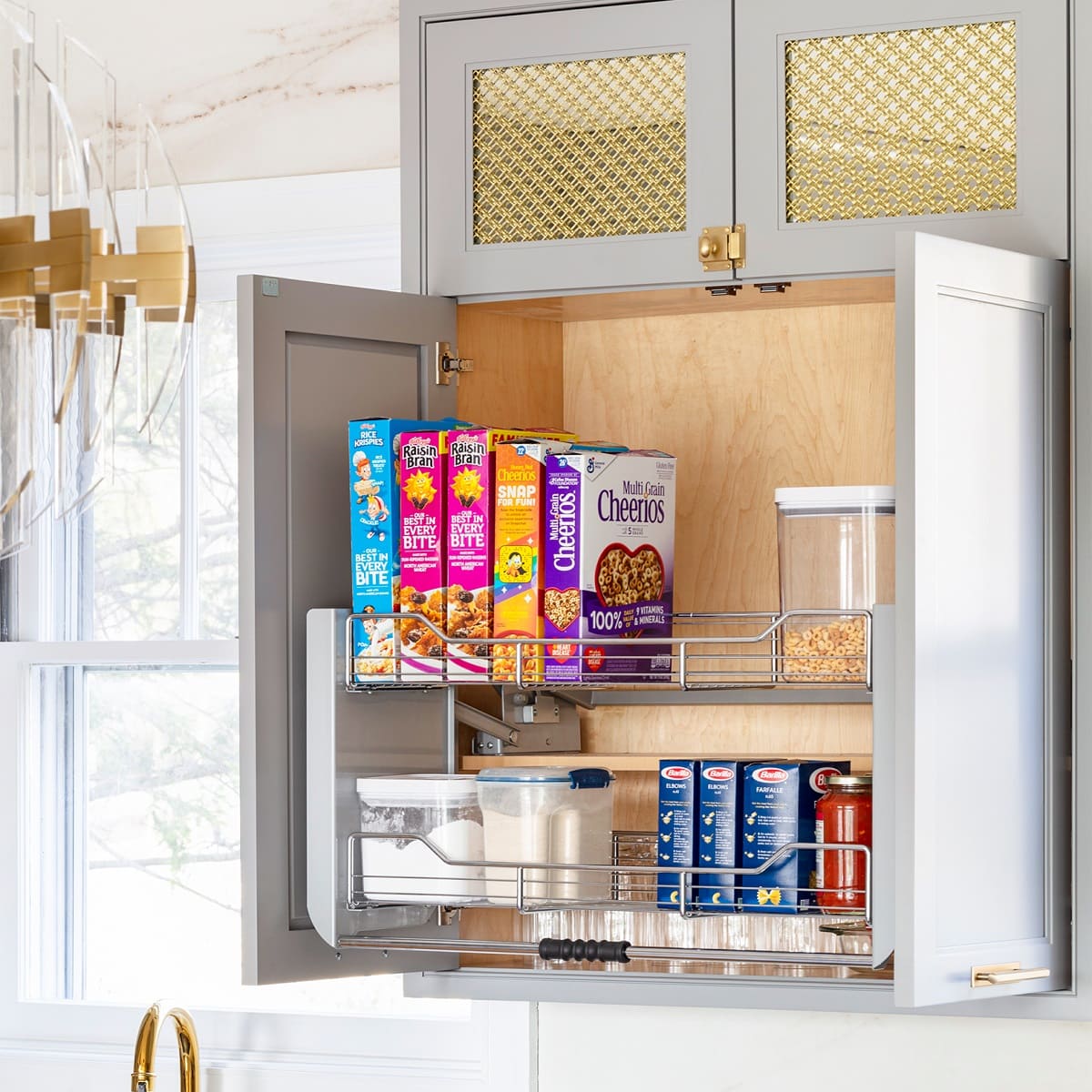
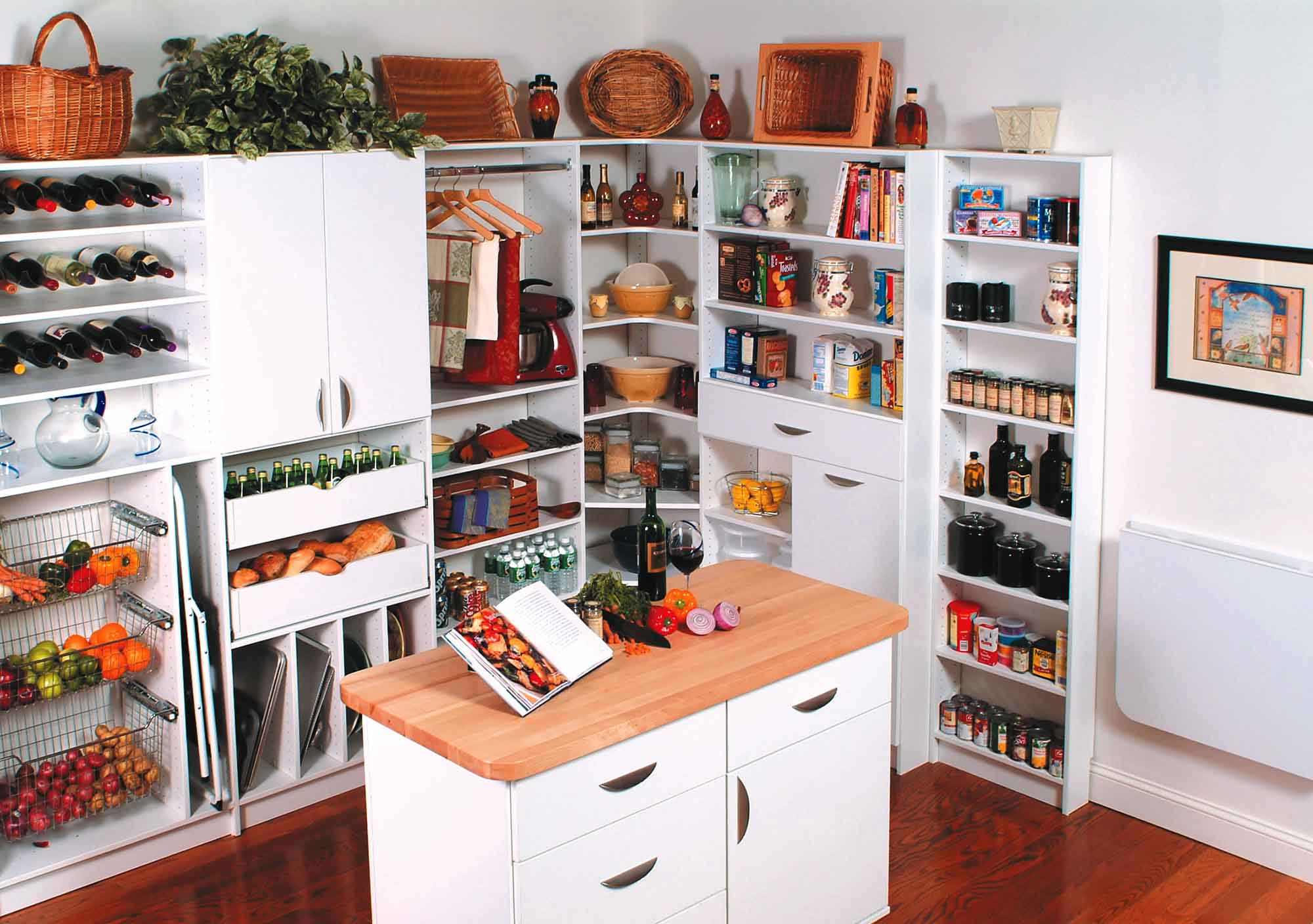
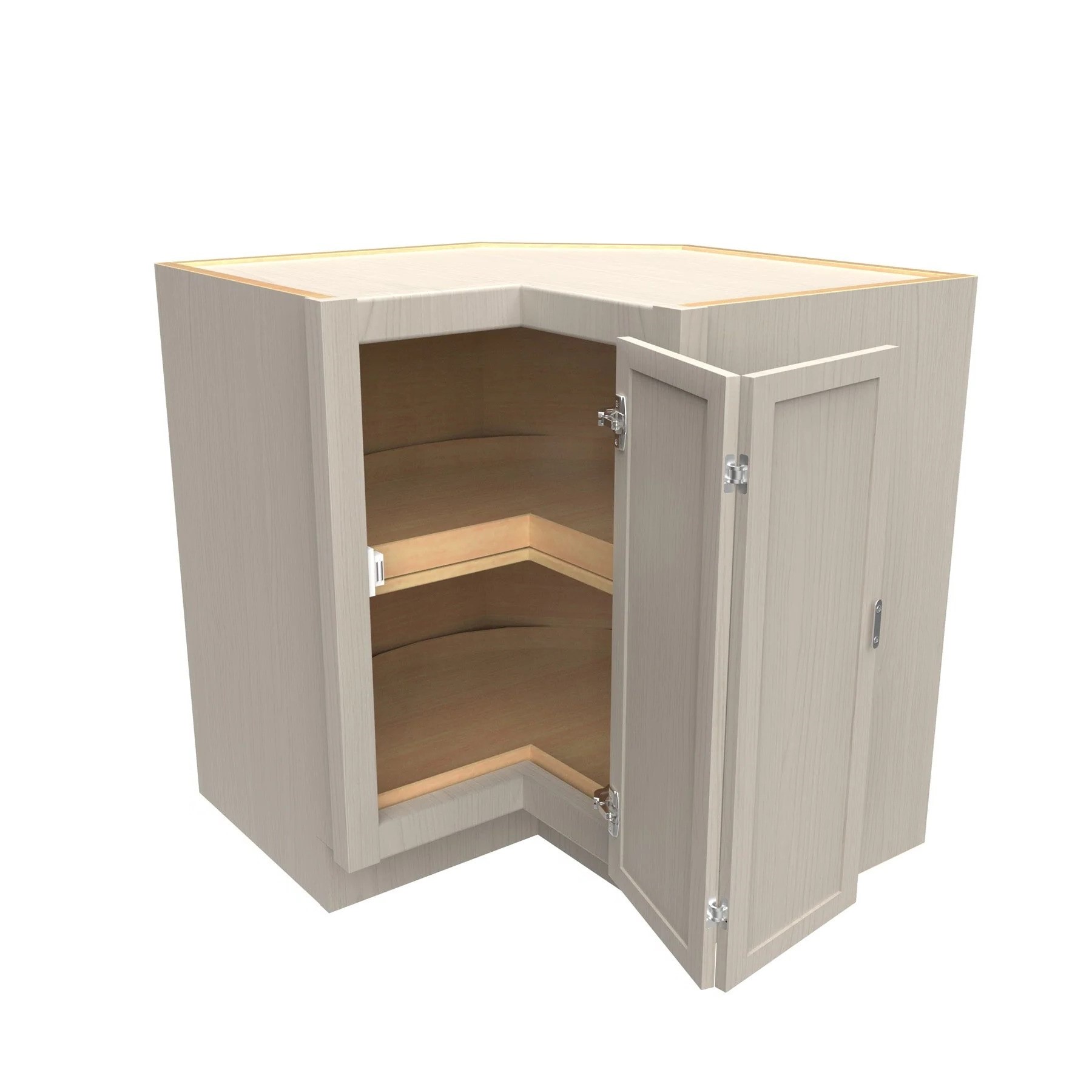
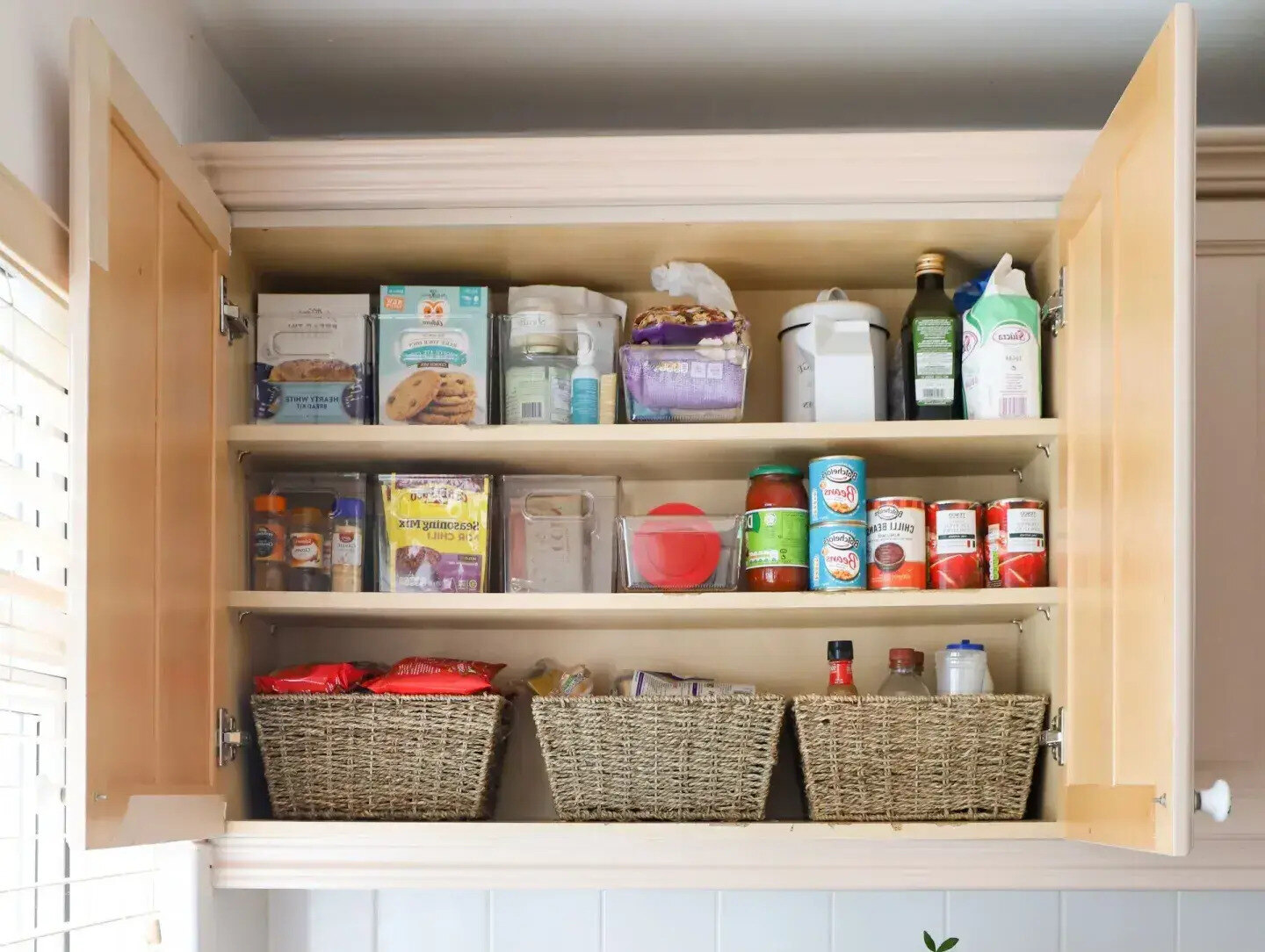
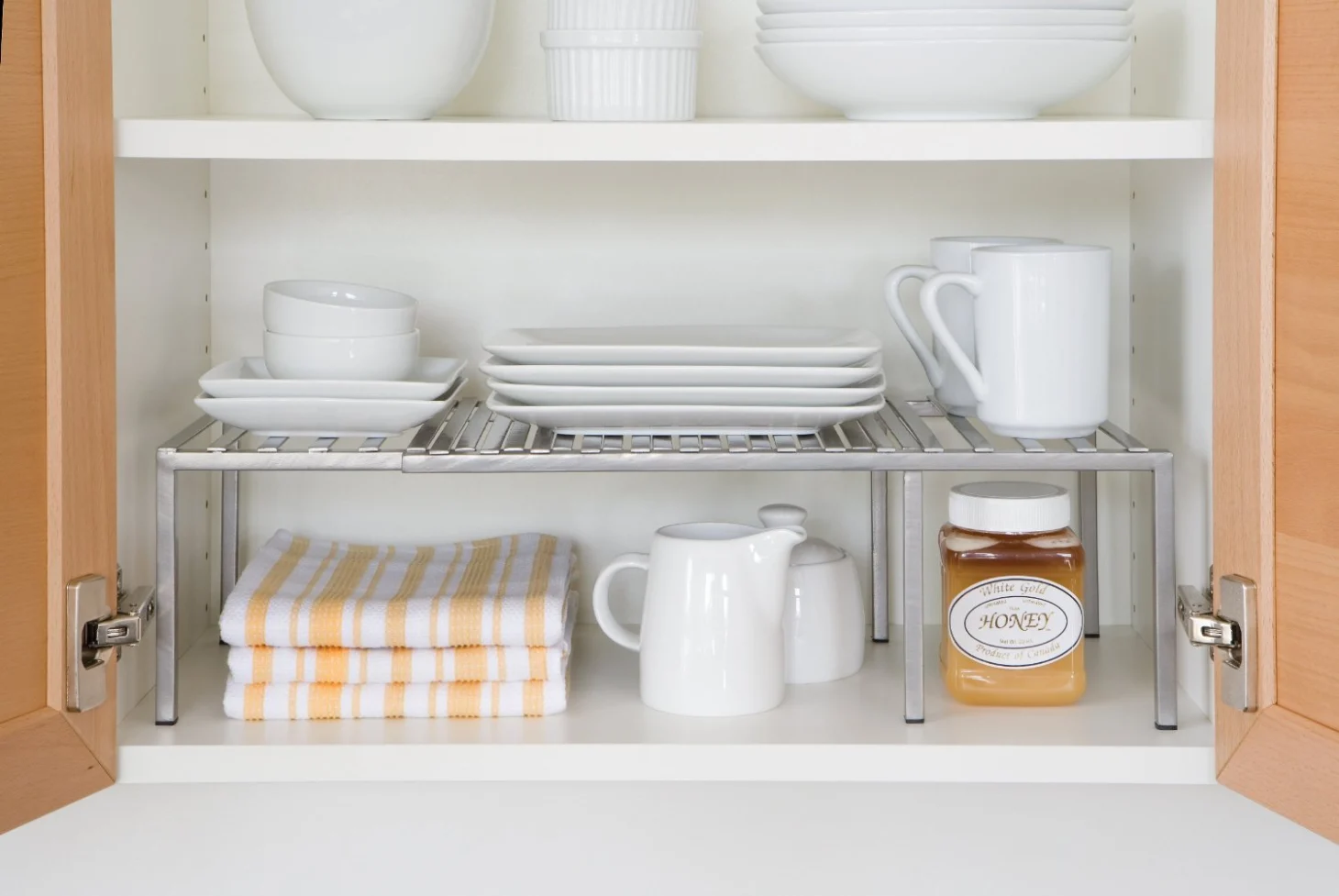

0 thoughts on “How To Organize Cabinet”